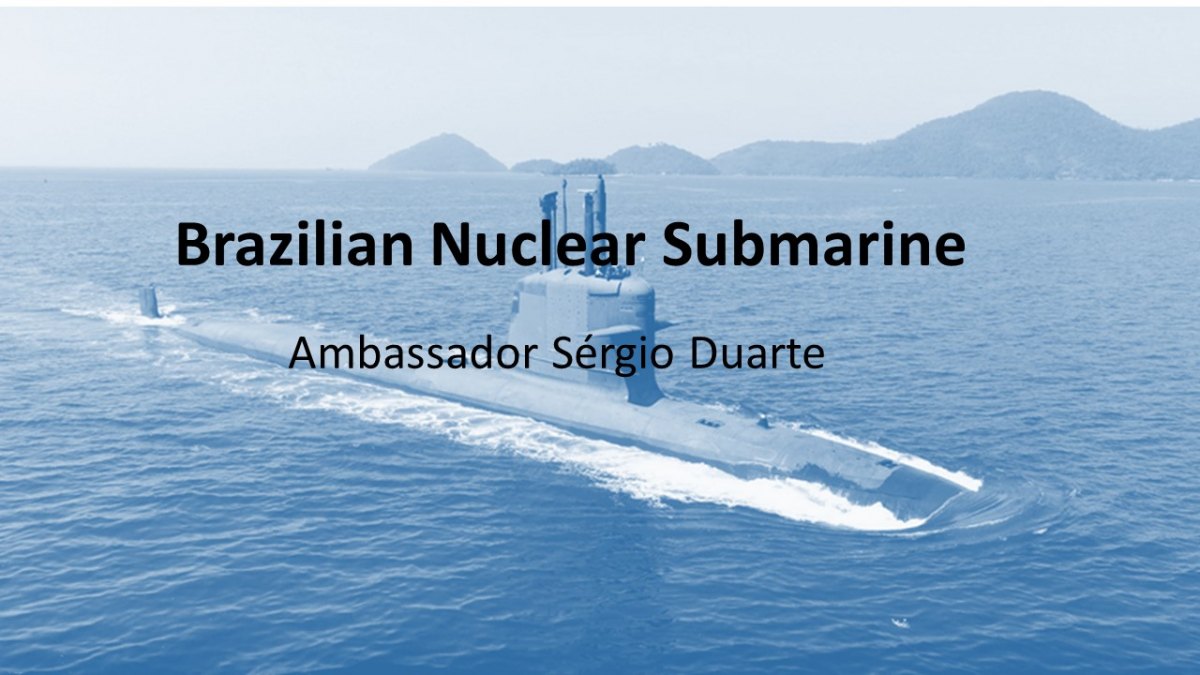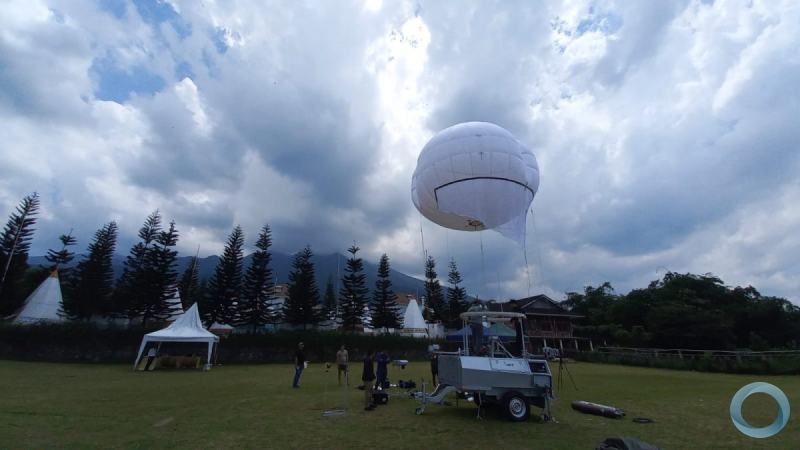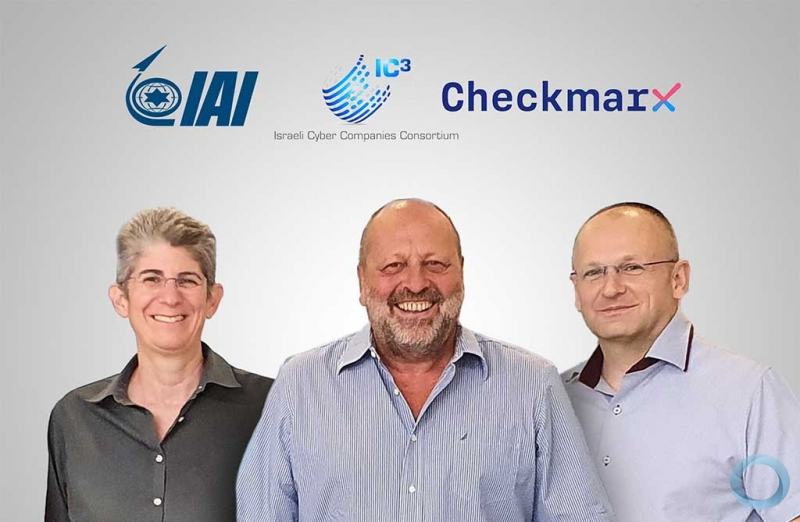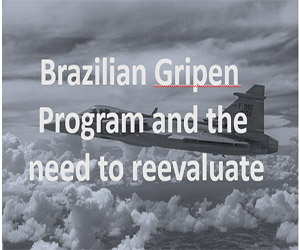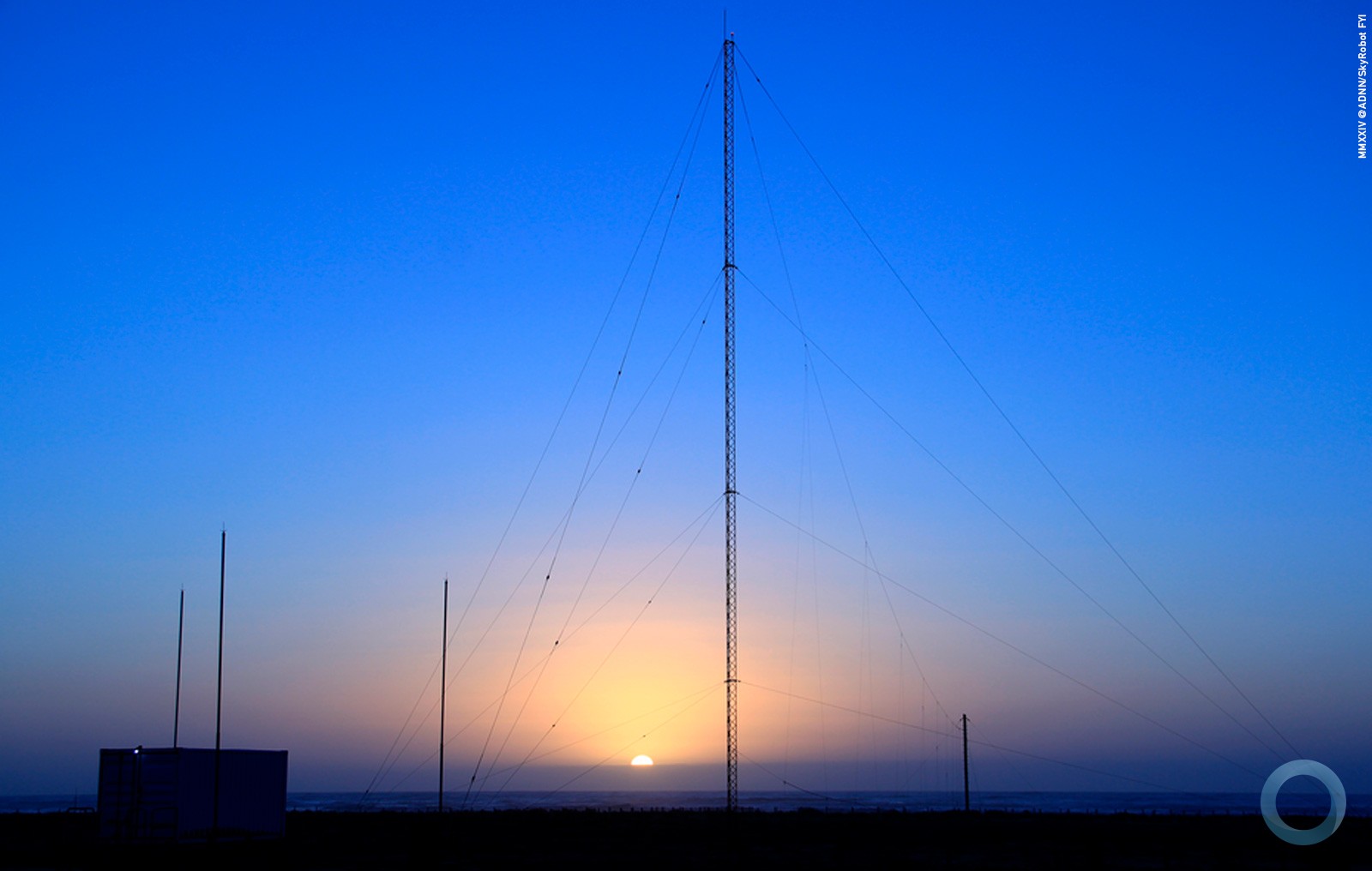Sandra Erwin
SpaceNews
WASHINGTON — The military space business is stuck in its old ways and missing a “golden opportunity” to capture the energy of a rejuvenated commercial industry, said a former White House space and aviation technology adviser who is now a top official at the Defense Advanced Research Projects Agency.
“In the national security space sector, we’re in dire need of new thinking and innovation,” said Fred Kennedy, director of DARPA’s Tactical Technology Office. He assumed that post in September after serving as deputy director since January.
Speaking at a breakfast meeting of the Commercial Spaceflight Federation Nov. 15, Kennedy criticized the Pentagon’s methods for acquiring satellites and called for a “shakeup” in national security space programs.
In the Defense Department, Kennedy said, “We’ve gotten very good at building small numbers of extremely exquisite things, very expensive things on very long time schedules.” That culture that emphasizes high performance and low risk is now working against the military because its satellites have become huge targets for adversaries.
“Our savior is going to be the commercial sector,” said Kennedy. Some pockets within the military are moving in that direction but not soon enough. “We’re starting to see an influx of commercial technology, but we need more of it, and quick.”
Kennedy worries that the commercial space boom could turn out to be a fad that fades in a few years, so the Pentagon should be harnessing that energy now. “My biggest fear is that in a couple of years people will forget Matt Damon and ‘The Martian’ and be back where we were before.”
‘Other transactions’ contracting
DARPA’s weapon for capturing privately funded technology is an authority known as “other transactions,” or OTA, to sign contracts with vendors that bypasses some of the federal procurement red tape.
“We do that. It’s very effective and useful,” said Kennedy. “I can’t say it’s always quicker than the normal contracting process. But it is actually an effective way of teaming.”
The way it works with DARPA: The agency selects a commercial partner and the company is expected to help fund the venture. “Then we can go out and work on problems jointly,” Kennedy said.
He touted one of DARPA’s most ambitious space programs, the robotic servicing of geosynchronous satellites, or RSGS. It is a government-industry partnership with SSL MDA Holdings.
If the project is successful — a launch is planned for 2021 — it would elevate DARPA’s status as a disruptor, Kennedy said. He recalled that an earlier program called Orbital Express, designed to service spacecraft in low-Earth orbit, got off to a fast start but was deactivated in 2007 because there was no business case for it.
The RSGS effort is aimed at high-orbit satellites, most of which are in need of some type of service — new flight computers, more fuel, more propellant. Companies in the industry told DARPA that they would buy that service if available. “We have to get out of today’s culture of treating satellites like a Rolls Royce or Ferrari, that they have to work for 15 years, so you’d better test the hell out it, make sure it absolutely works,” said Kennedy. “Geosynchronous orbit is a natural place to go. … They all need to be refueled, repaired, moved or retired. There is a commercial interest and a national security need.”
The RSGS will be a “commercial transition and not something we push to the Air Force,” he said. Once the system is up and running, SSL will commercialize it.
Industry skeptical
Kennedy’s cheering words of encouragement, however, were met with skepticism from executives in the audience who argued that DARPA often funds the development of technologies that already are available in the private sector, creating government vs. industry competitions that undermine private efforts.
Kennedy only partially agreed. He said he hopes projects like the RSGS will result in a “shakeup” in how the space sector does business with the government. “I’d like to use RSGS and other systems to be some kind of a wedge to force people to think differently about the enterprise, in our case, about the ‘order of battle.’”
But he acknowledged that “culture is the biggest problem” in military programs. “I’d like to live in a world where we do not have to wait 10 years and spend $20 billion to get a capability,” he said. “I would like to see a change away from that.”
Executives in the audience pointed out that the Defense Department has not moved to capitalize on the small satellite revolution or “hosted payloads” as alternatives to custom-built military spacecraft. The industry had expected to see movement in that direction by now as the Pentagon considers future replacements for its constellations of missile-warning and classified communications satellites.
Rather than deploy hundreds of sensors in tiny satellites that are cheaper to replace, the Pentagon has preferred to buy large expensive systems, giving enemies richer targets, industry officials said.
“That is a problem,” said Kennedy. “The idea of having lots of something as a deterrent isn’t a bad thing. … It’s very difficult for DoD to see beyond the traditional model. But DARPA is well positioned to poke at that model.”
Kennedy defended DARPA’s decision to award BAE Systems a $12 million contract to develop a digital ”testbed” for space command-and-control technologies. Companies in the sector contend that such technology is commercially available.
The project, known as “Hallmark,” is more ambitious than it looks, said Kennedy, and DARPA believes it needs to invest in areas where there is no commercial capability. The testbed is not just to experiment with technology but also to do cognitive assessments of operators. “We want to measure how people are performing when they get new tools. We think that’s a unique place for us,” he said. “We thought we needed to invest in that.”
Space plane moving forward
DARPA also has come under criticism for rejecting commercial proposals for a military space plane in favor of a new development venture with Boeing Phantom Works.
Kennedy said the experimental space plane, dubbed XS-P, will help the military services launch satellites into space quickly and at less cost than traditional methods. DARPA reportedly invested $40 million in the project.
The space plane was initially named the XS-1 but it was relabeled once DARPA realized XS-1 also was the designation of the original rocket engine–powered aircraft, the Bell XS-1, designed and built in 1945.
The new XS-P uses an AR-22 engine built by Aerojet Rocketdyne. It would be reusable like a commercial airliner and DARPA wants it to be able to fly to space 10 times in 10 days.
An initial flight is scheduled for 2019, said Kennedy. The contract with Boeing is an “other transactions” deal so it will be up to the company to move it forward after the development is completed.
“That’s commercial transition,” he said. “I’m not here to sustain capability. I can’t afford that.” Boeing has a commercial business case for the space plane, he added. “They believe they can go off and launch capability and make money. DoD then can purchase those services.”







